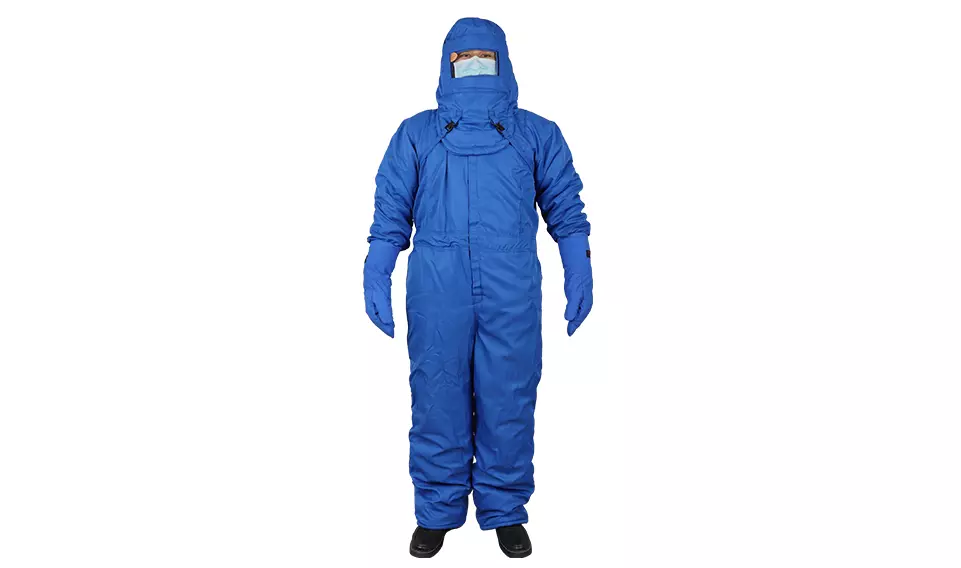
What protections are needed when using liquid nitrogen?
Liquid nitrogen requires safety precautions mainly because it has a series of special physical and chemical properties that may lead to safety hazards and health problems when improperly handled or used. Here are a few key reasons:
Extremely low temperatures: The boiling point of liquid nitrogen is -196°C, which is a very low temperature. This low temperature causes rapid cooling of anything it comes into contact with, including skin. If the skin comes into direct contact with liquid nitrogen, it can cause severe frostbite and may even cause tissue necrosis.
Suffocation risk: Liquid nitrogen is the liquid form of nitrogen gas. The normal concentration of nitrogen in the air is 78%, but in a closed environment, if liquid nitrogen leaks and evaporates in large quantities, the oxygen concentration in the air will decrease, causing a suffocation hazard.
Pressure issues: If the liquid nitrogen container is not handled properly or is damaged, the pressure in the container may increase, causing an explosion or leakage.
Liquid splash: When transferring or using liquid nitrogen, if the operation is improper, the liquid nitrogen may splash out, causing frostbite or splashing into sensitive parts such as eyes.
Chemical Incompatibilities: While liquid nitrogen itself is inert in most cases, it can be dangerous when in contact with certain substances, such as flammable substances.
Rapid evaporation: Liquid nitrogen will evaporate rapidly at room temperature, producing a large amount of nitrogen. If not handled properly, it may cause the oxygen concentration in the confined space to decrease.
Invisibility: Since liquid nitrogen is colorless and transparent, and the evaporated nitrogen is also colorless and odorless, it is difficult to detect its existence through sight or smell, which increases safety risks.
In order to ensure the safety of workers and the correct use of liquid nitrogen, a series of safety protection measures must be taken, including wearing appropriate liquid nitrogen protective clothing, gloves and goggles, ensuring that the work area is well ventilated, and avoiding the use of liquid nitrogen in confined spaces , as well as the proper handling and storage of liquid nitrogen containers, etc.
1. Gloves
Liquid nitrogen is used in gloves at 320 degrees below zero, so it's important to take certain precautions to avoid frost and other damage. Make sure to always wear gloves when handling liquid nitrogen.
If liquid nitrogen comes into contact with your skin briefly, it's OK. In most cases, it just slides off the skin. If you try to prevent it, it may cause danger due to improper operation. Use caution when handling it.
2. Wear safety glasses
Be very careful when mixing and only wear protective glasses to be safe.
3. Liquid nitrogen protective clothing
Liquid nitrogen protective clothing is a specially designed protective equipment that is mainly used to protect the wearer's safety in low-temperature environments, especially when in contact with or possibly exposed to liquid nitrogen.












